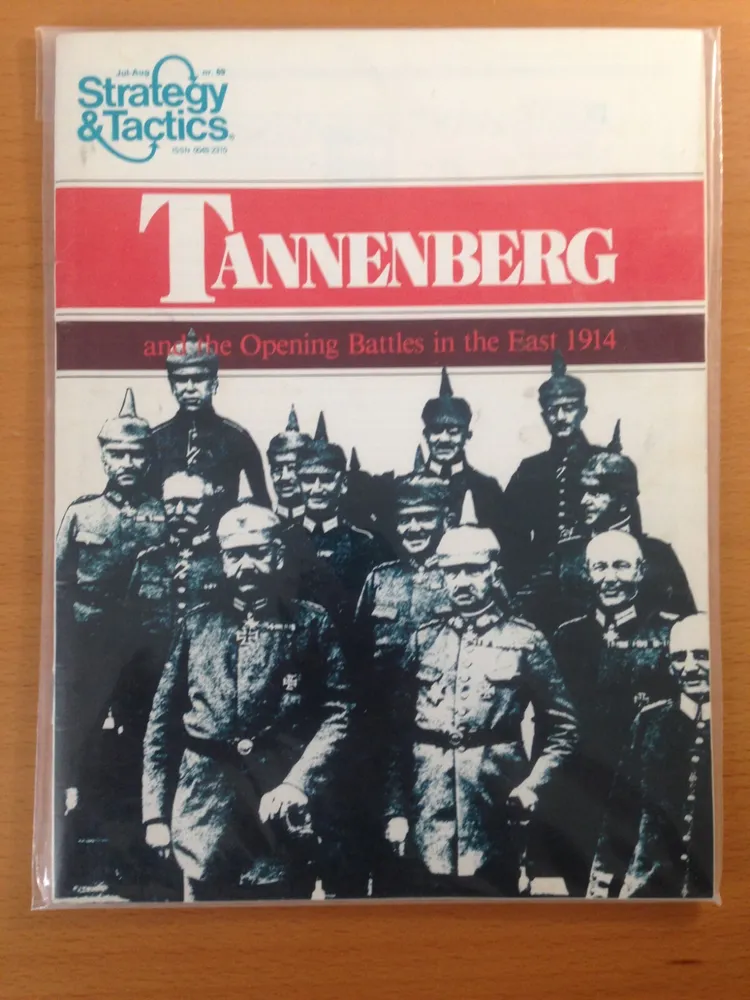Tannenberg (1969)
Tannenberg
“Tannenberg” is a board wargame published by Simulations Publications Inc. (SPI) in 1969, designed by Jim Dunnigan. It simulates the Battle of Tannenberg, which took place on the Eastern Front of World War I from August 26 to August 30, 1914. The game was created as a companion piece for Avalon Hill’s Western Front wargame 1914, also designed by Dunnigan. Although Tannenberg can be played as a standalone game, rules were included to combine it with 1914 into a two-front wargame.
Why is Tannenberg Popular?
Tannenberg is a popular and significant game for several reasons:
– It simulates a major battle of World War I, the Battle of Tannenberg, which was a crucial event in the war and involved a unique maneuver.
– The game is part of the Der Weltkrieg series, which includes other wargames that cover various battles and campaigns of World War I.
– It was initially released as a free pull-out game in SPI’s house magazine Strategy & Tactics to promote SPI’s upcoming release of The Great War in the East.
– The game has been reprinted and is still available for purchase, making it accessible to modern gamers.
Game Components of Tannenberg
How To Setup Tannenberg
Setting up *Tannenberg* involves deploying units according to the scenario, though the original 1969 version lacked clear deployment rules. In the revised 1978 edition, deployment and supply rules were clarified. Players set up their forces on the map, with each side having specific starting positions and objectives.
Gameplay Mechanics and Game Objective
Player Experience
*Tannenberg* offers a strategic and tactical challenge, particularly in the 1978 revised version. Players must manage supply lines, coordinate army movements, and execute maneuvers to outmaneuver their opponent. The game requires careful planning and execution, reflecting the historical context of the Battle of Tannenberg.
Pros
Cons
Personal Thoughts on Tannenberg
*Tannenberg* is ideal for wargame enthusiasts and history buffs interested in World War I. The game’s depth and complexity make it more suited for experienced players who can appreciate the strategic and tactical challenges it presents. While it may not be the best introduction for new players due to its intricacies, it serves as a solid addition to any serious wargamer’s collection.
We are supported by our audience. When you purchase through links on our site, we may earn an affiliate commission, at no extra cost for you. Learn more.

